10 Vintage English Regency Mirrors That Capture Period Charm
English Regency mirrors are known for their timeless elegance and intricate craftsmanship. These mirrors, often crafted with giltwood and detailed carvings, capture the essence of Regency-era design. With their classical motifs and refined aesthetic, they continue to be highly sought after by collectors. The Regency period, which spans from 1811 to 1820, was marked by a fascination with neoclassical style, and mirrors played a key role in home décor.
This post may contain affiliate links, which helps keep this content free. Please read our disclosure for more info.
Regency Convex Mirror with Eagle Crest
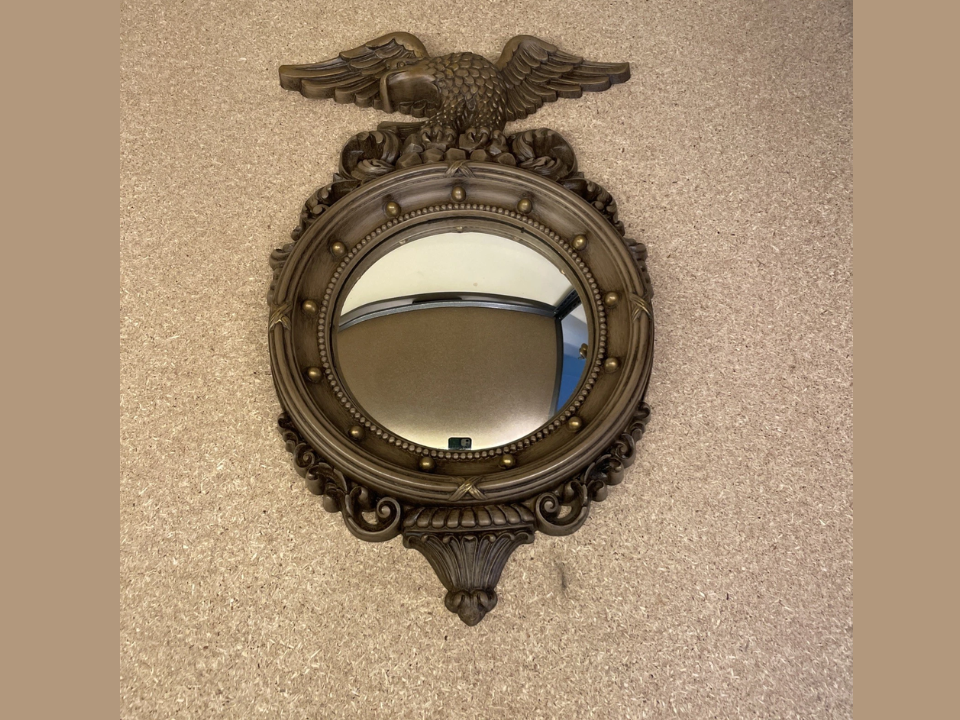
This mirror, dating back to circa 1820, features a giltwood and ebonized frame adorned with an eagle crest. Its convex shape, often referred to as a “bull’s-eye,” offers a wide, distorted reflection, characteristic of the period’s design. The eagle crest atop the frame adds a touch of grandeur, reflecting the neoclassical influences prevalent during the Regency era.
Such mirrors were typically used in hallways or overmantels, serving both functional and decorative purposes. The combination of gilded wood and ebonized accents exemplifies the era’s penchant for contrasting materials. Collectors value these pieces for their historical significance and craftsmanship. The estimated market value for this mirror is approximately $9,500.
Regency Giltwood Overmantel Mirror
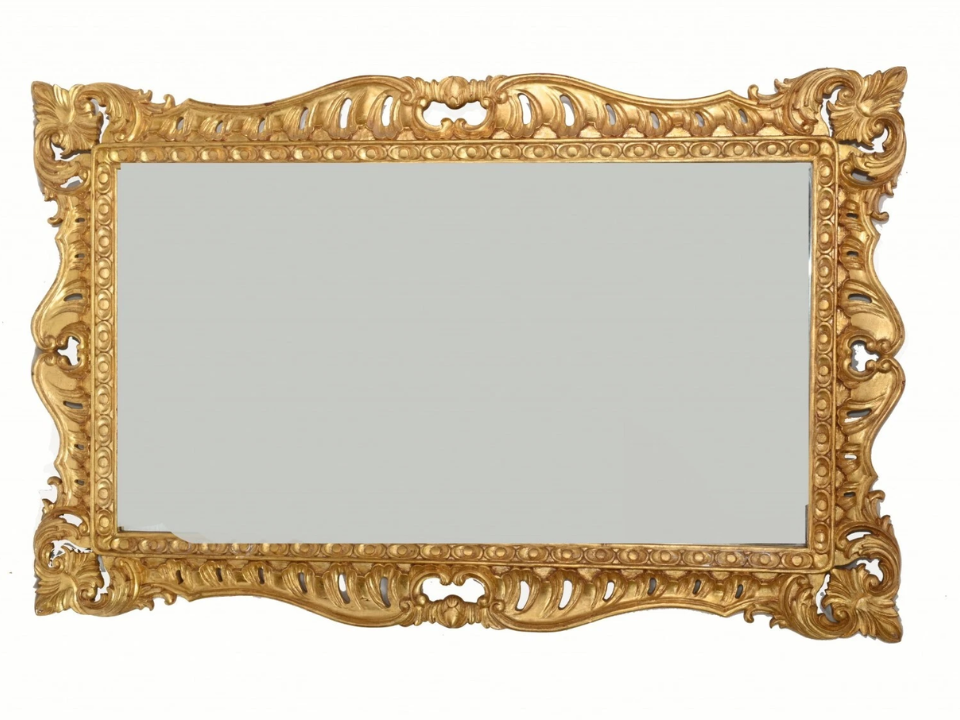
A fine example from the early 19th century, this overmantel mirror showcases a gilded wood frame with intricate carvings. The design is typical of the Regency period, emphasizing symmetry and classical motifs. Its size and ornate frame make it a striking piece above a fireplace or in a grand hallway.
The mirror’s condition is crucial to its value; original gilding and minimal restoration enhance its desirability among collectors. Such mirrors not only serve as functional items but also as works of art, reflecting the opulence of the era. This particular mirror is valued at around $2,736.
Regency Giltwood Pier Mirror
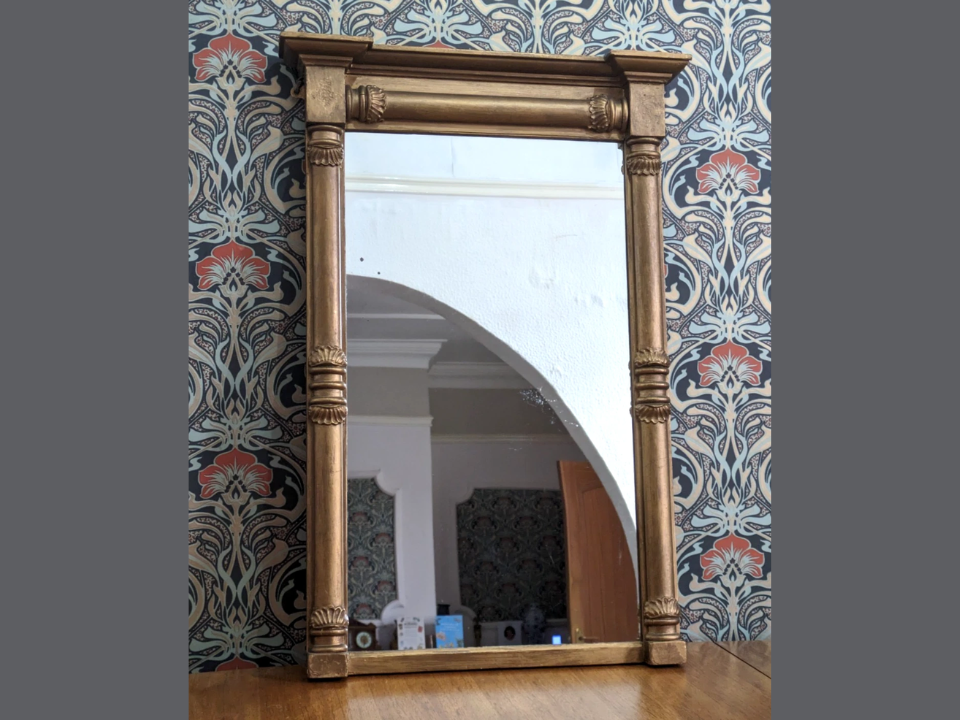
This pier mirror, dating to the early 19th century, features a giltwood frame with classical detailing. Its vertical orientation and slender profile are ideal for placement between windows or on narrow walls, maximizing light and space. The frame’s intricate carvings reflect the craftsmanship of the Regency period.
Pier mirrors were designed to enhance the symmetry of a room and were often used in pairs. Their design emphasizes elegance and proportion, key elements of Regency aesthetics. This mirror is valued at around $1,028.
Regency Convex Mirror with Giltwood Frame
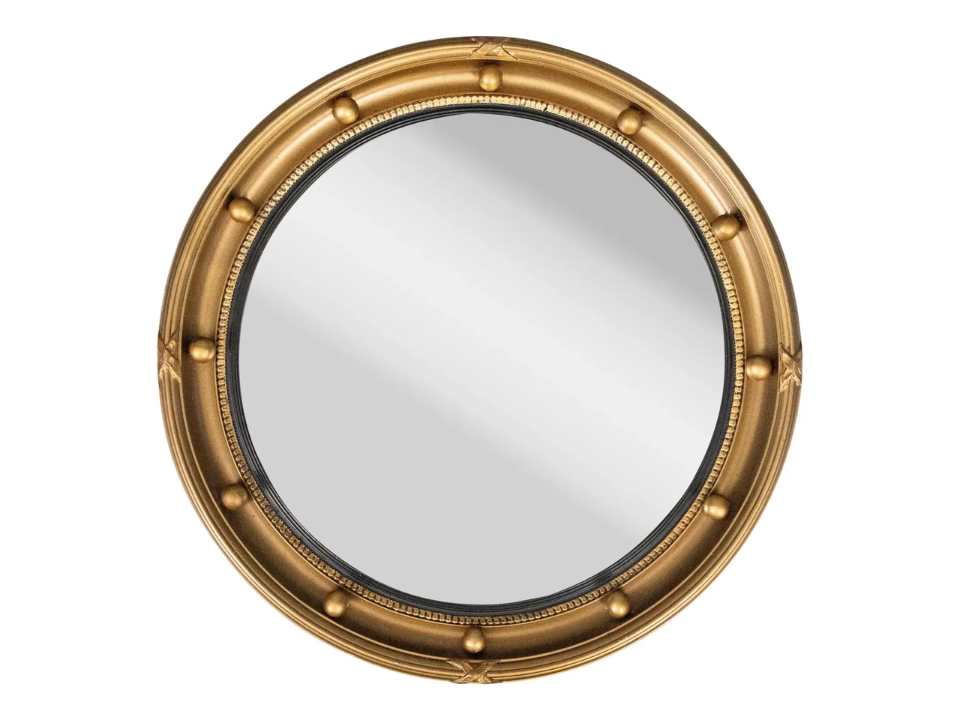
Featuring a classic convex shape, this mirror is encased in a gilded wood frame with subtle carvings. The gilding, though slightly worn, adds character and authenticity to the piece. Its compact size makes it versatile for various placements, from entryways to living rooms.
Convex mirrors were prized during the Regency era for their ability to reflect light and create a sense of spaciousness. This particular mirror, with its aged patina, offers a glimpse into the past and is valued at approximately $875.
Regency Giltwood Girandole Mirror
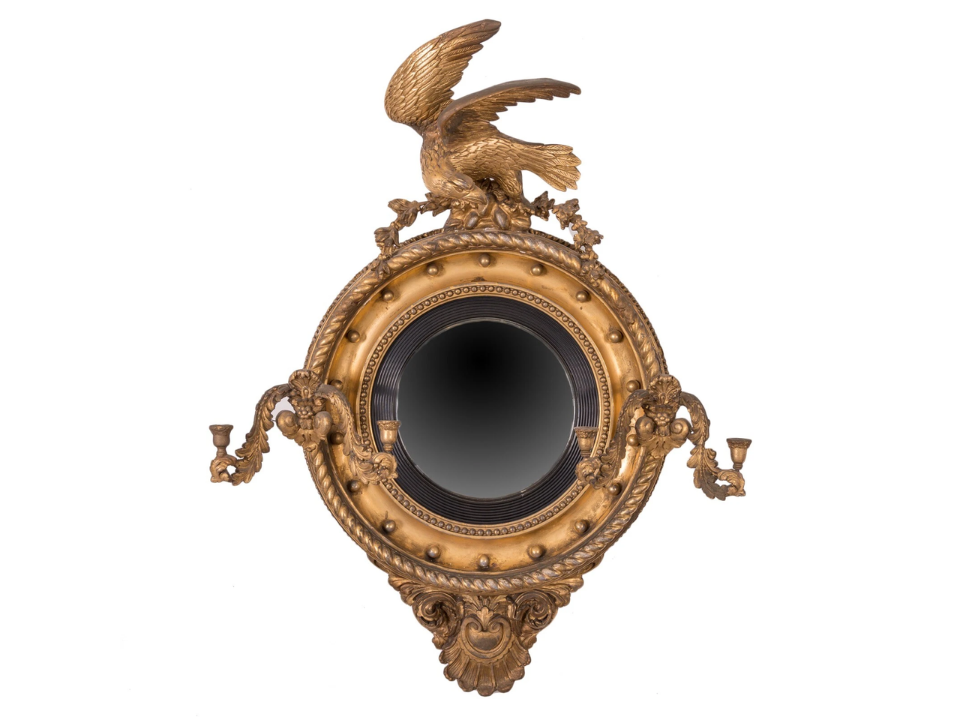
This girandole mirror features a giltwood frame with an eagle motif and candle arms, typical of the Regency period. The design combines functionality with decorative elements, allowing the mirror to serve as both a reflector and a light source. The eagle motif at the top adds a neoclassical touch, emphasizing the period’s admiration for classical antiquity.
Girandole mirrors were often placed in dining rooms or drawing rooms, where both light and reflection were desired. The combination of gilded wood and the functional candle arms makes this piece both practical and ornamental. Its estimated market value is around $9,500.
Regency Revival Mirror
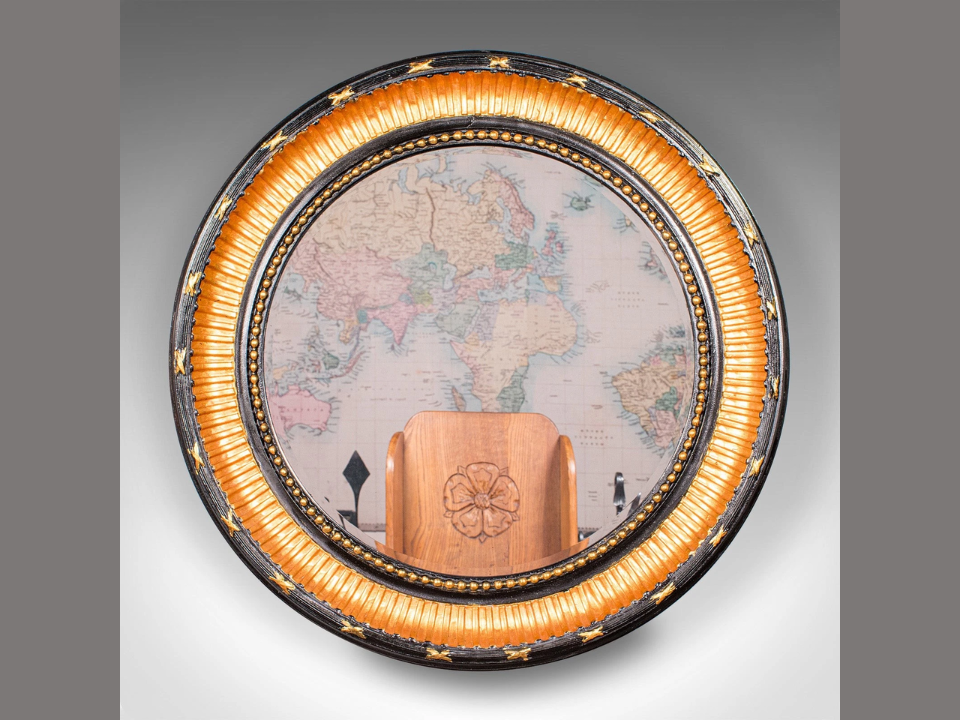
This mirror reflects the resurgence of Regency design during the late 19th and early 20th centuries. The Regency Revival style maintained the classical balance and elegance of the original era but incorporated slightly more elaborate details. The frame is usually made of giltwood or mahogany, decorated with scrolls, leaves, and rope motifs.
Collectors admire these mirrors for their ability to bring period charm to modern spaces while retaining historical influence. Many Regency Revival mirrors were handcrafted by skilled artisans inspired by early English models. Their combination of neoclassical grace and late Victorian artistry makes them both decorative and collectible. The estimated market value is around $2,800.
Regency Pier Mirror
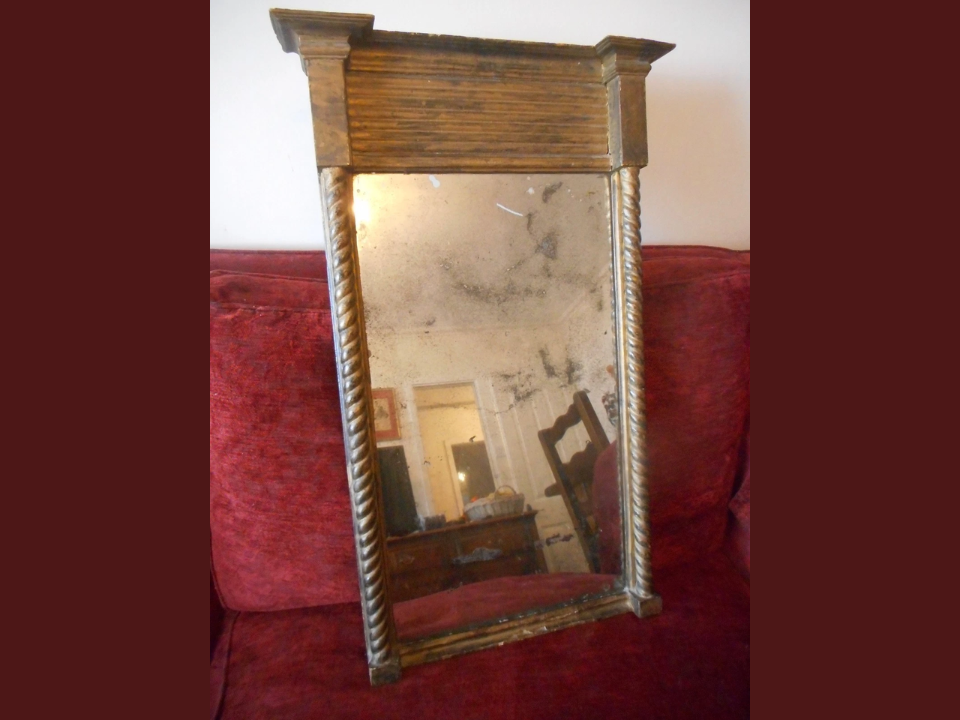
This mirror was designed to hang between windows or decorative columns, a common placement in Regency architecture. The tall and narrow frame often features columns on each side with gilded details, enhancing the illusion of height and space. Pier mirrors were a staple in grand townhouses, reflecting light and luxury into formal rooms.
The pier mirror’s symmetrical form highlights the Regency period’s fascination with classical order. It was typically paired with a matching console table or pier table beneath. Today, antique dealers regard original pier mirrors as key statement pieces from the early 1800s. The current market value is approximately $3,900.
Regency Dressing Mirror
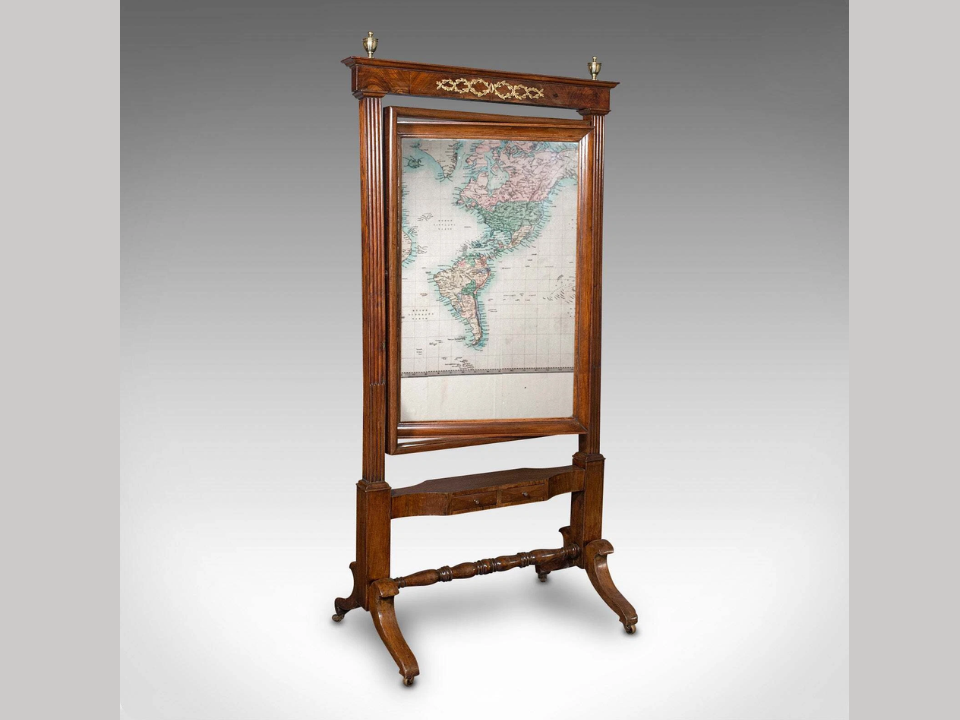
This mirror, often found on elegant dressing tables, reflects the refinement of Regency fashion and grooming rituals. The frame is typically crafted from mahogany or rosewood and is mounted on a pivot stand for adjustability. Many dressing mirrors include brass fittings and hand-carved detailing that display superior workmanship.
These mirrors were considered personal luxury items, often used in bedrooms or dressing rooms belonging to the upper classes. Their compact yet decorative design makes them desirable collector’s pieces today. Well-preserved examples with their original glass and wood finish can reach up to $2,200 in value.
Regency Cheval Mirror
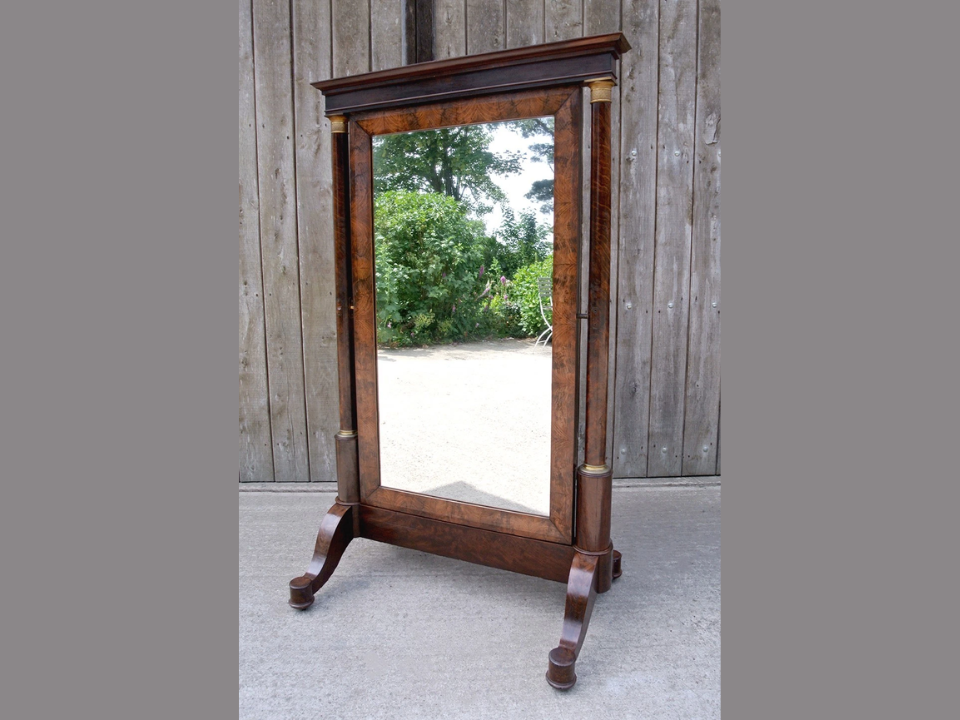
A Regency cheval mirror is a full-length, free-standing mirror supported by a wooden frame that allows it to tilt. Originally designed for dressing rooms, it was both practical and ornamental. The frames often feature elegant carvings, turned legs, and gilt embellishments, reflecting the sophistication of the period.
These mirrors were popular among the Regency elite for their graceful structure and ease of use. Modern collectors appreciate their charm and functionality, making them popular additions to classic interiors. Depending on condition and provenance, their market value can range from $2,000 to $3,500.
Regency Mirror Glass Carved Gold Frame
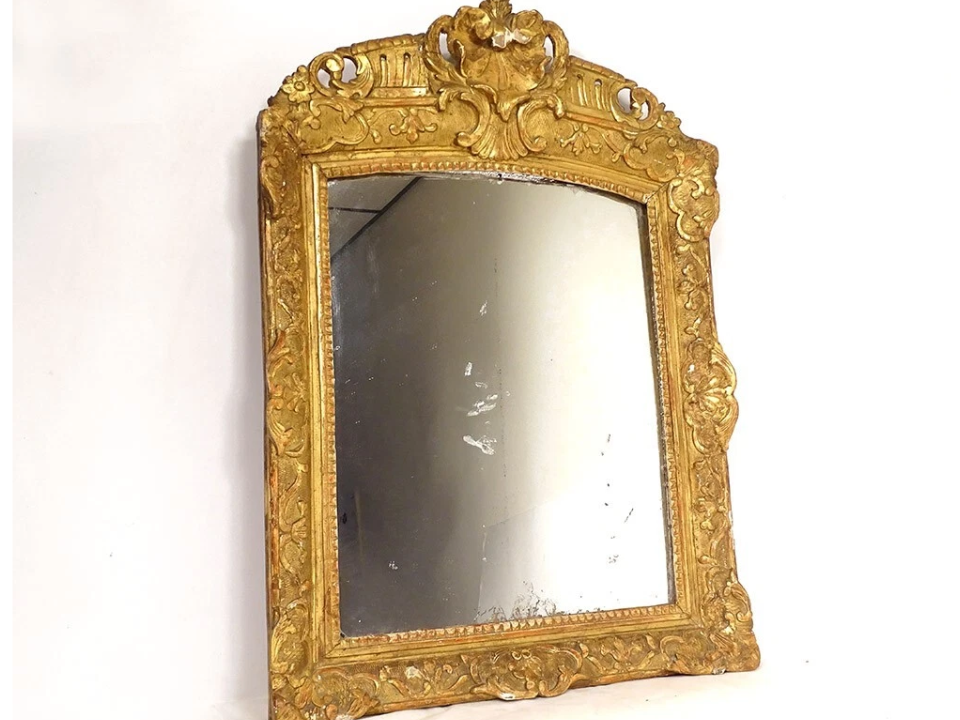
This stunning mirror features a richly carved frame finished in gold leaf, showcasing the opulence of early 19th-century English design. The intricate carvings of acanthus leaves and scrolls reveal the artistry of Regency craftsmanship. The glass itself may display subtle age-related patina, adding to its authenticity and charm.
Such mirrors were often displayed in drawing rooms or entrance halls, symbolizing taste and refinement. Their gold frames caught and reflected candlelight beautifully, enhancing a room’s brightness and allure. Today, well-preserved pieces with original gilding and glass can reach a market value of $6,000.
This article originally appeared on Avocadu.
